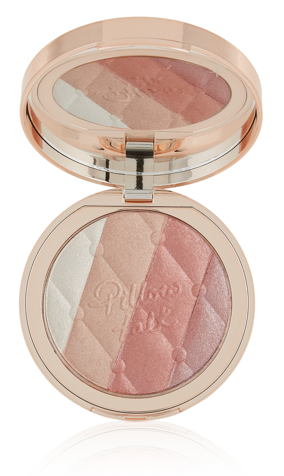Tech Meets Textiles: The Future of Smart Clothing and Its Potential Impact on Fashion Trends
Introduction to Smart Clothing

Smart clothing, also known as wearable technology or e-textiles, has been gaining traction in recent years. It refers to garments that incorporate electronic components into their design. This innovative fusion of fashion and technology is changing the way we think about clothing.
The Rise of E-Textiles

E-textiles are made possible by advances in textile science and electronics engineering. They can include a wide range of features such as temperature control, health monitoring sensors, GPS tracking devices, communication systems and even power generation capabilities.
Types of Smart Clothing

There are several types of smart clothing available today:
Temperature-control clothing: These garments use heating or cooling elements to regulate body temperature.
Health-monitoring wearables: These clothes have built-in sensors that track vital signs such as heart rate, blood pressure and other health indicators.

Fitness trackers: These wearables monitor physical activity levels like steps taken, distance traveled etc.
Communication-enabled attire: Some smart clothes allow users to make calls or send messages without needing a phone.

Advantages Over Traditional Apparel
The advantages over traditional apparel are numerous:
Enhanced functionality for the wearer
Increased comfort due to tailored fit and breathability
Improved safety with enhanced visibility at night
Environmental benefits through reduced energy consumption
Challenges Faced by E-Textile Industry
Despite its potential impact on fashion trends, there are challenges faced by the e-textile industry:
Cost-effectiveness is still an issue due to high production costs associated with incorporating electronic components into textiles.
Limited scalability may hinder widespread adoption if economies-of-scale cannot be achieved.
Integration issues between different materials used in garment construction pose technical challenges.
Future Prospects for Smart Clothing Market Growth
In spite of these challenges, the future prospects for growth in the smart clothing market look promising:
• As technology continues to advance more affordable options will become available making it more accessible for consumers
• Collaboration between industries could lead towards increased efficiency through shared resources & expertise
• Technological advancements could help improve integration issues leading towards more seamless user experience
7 Conclusion
Smart clothing represents an exciting intersection where tech meets textiles opening up new avenues for innovation in fashion trend setting while enhancing functionality & sustainability within our daily lives



